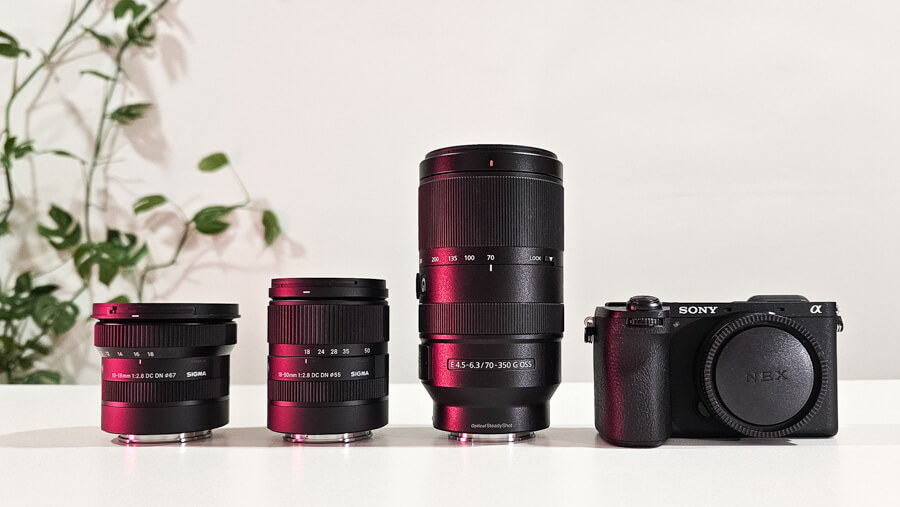I use these 3 lenses on a daily basis and they can be used for photographing pretty much anything you can think of.
Portraits, landscape, architecture, wildlife, video, traveling, they can do it all.
I’ve been shooting with Sony’s APS-C cameras for a couple of years now. With more than 100 different lenses to choose from, it can be hard to find “the right one”. In this guide, I’ll explain why these 3 will make your photography life easier without breaking the bank.
The ONLY 3 Zoom Lenses You Need:
The best part?
All 3 are affordable, compact and optically excellent. Easy to travel with, but extremely capable in any scenario (even in low light thanks to f/2.8 aperture).
They cover the ultra-wide, wide, standard and telephoto lengths. Let’s go through what makes them special.
1. Sigma 10-18mm f/2.8 DC DN
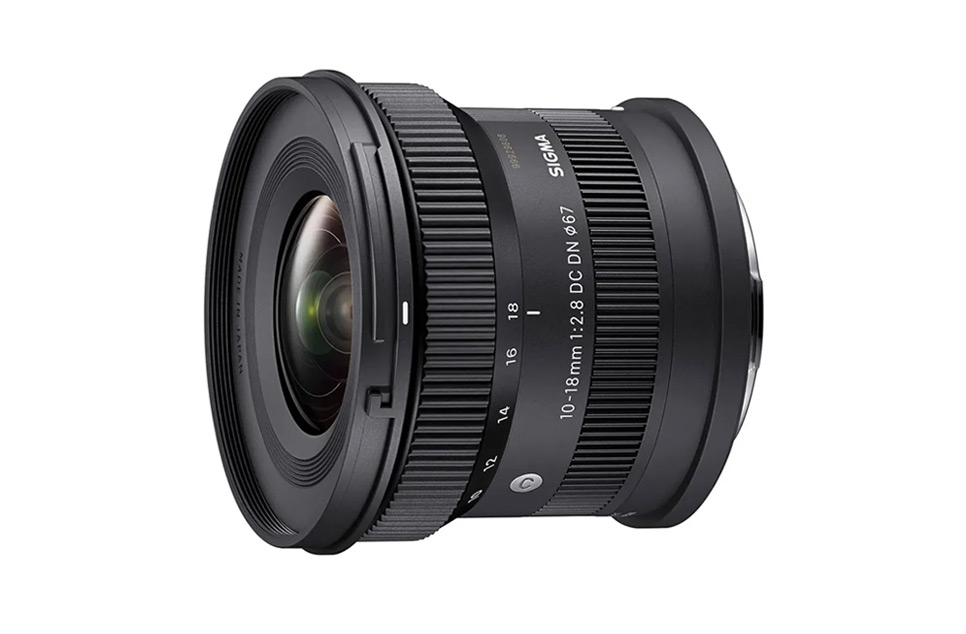
Best for: Landscape, architecture, travel, vlogging, group shots and low light
Filter Diameter: 67mm
Max Aperture: f/2.8
Weight: 260g (9.2 oz.)
The Sigma 10-18mm f/2.8 DC DN is the newest lens on this list and I bought it the same day it came out (late 2023).
There are plenty of wide lenses available but this Sigma is the lightest f/2.8 ultra-wide zoom in the world! This is super important to me because I like to keep my camera bag as compact as possible without sacrificing image quality.
It’s an ideal lens for traveling, landscape, vlogging and architecture. 10mm is ultra-wide and you won’t actually find a zoom wider than this.
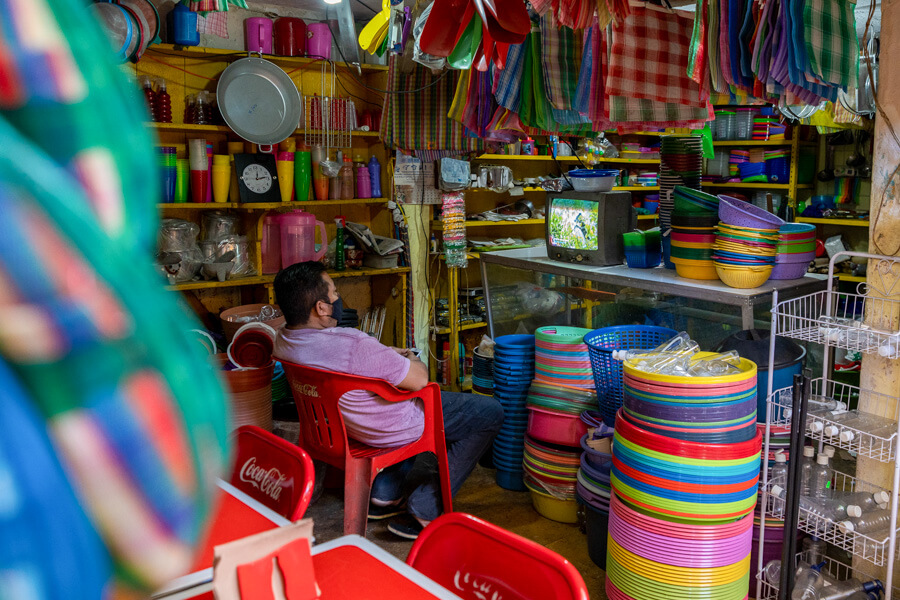 @ 18mm
@ 18mm
It weighs a mere 9.2 ounces (260g) and measures 2.4 inches long. A perfect companion for the A6000 series, it balances nicely and barely takes any space. Despite being small, it features a manual focus ring but you won’t find any buttons on it.
Image quality is superb, auto focus is very quick and accurate, which makes this a great lens for both photos and video. The closest focusing distance is 4.5″ (11.6cm) so it’s also great for closeups and unique angles (wide angles are sometimes the best for getting super close to your subject, despite mostly being used for landscape).
With the f/2.8 maximum aperture, you can use it for low light photography. It’s not an f/1.4 astrophotography king but f/2.8 is still amazing for everything else (parties, cities at night, weddings). It can still be used for astrophotography, as long as you’re okay with higher ISO’s (and post process noise removal).
It extends a little bit when zooming from 10 to 18mm, but the overall design makes it excellent for gimbal use.
With such a wide-angle, distortion and flare are common problems, but like many lenses made in the past few years, this Sigma controls it very well and all of these issues can be easily corrected in Lightroom with 1 click. There is no Image Stabilization, but even if your camera doesn’t have it, 10-18mm is so wide that even hand-held footage looks good.
You can buy the Sigma 10-18mm f/2.8 DC DN at Amazon here.
2. Sigma 18-50mm f/2.8 DC DN

Best for: Traveling, portraits, streets, landscape, weddings, pets, low light
Filter Diameter: 55mm
Max Aperture: f/2.8
Weight: 290g (10.2 oz.)
My favorite APS-C lens is the Sigma 18-50mm f/2.8 DC DN. You can see my full review here.
It’s extremely lightweight and compact. Just like the 10-18mm above, it’s got an f/2.8 aperture and is nearly identical in size and weight. When stacked together in a camera bag, these 2 take as much space as 1 normal full-frame lens.
Sony’s APS-C cameras are really small, so traveling with lenses that complement them is a must. There are a few zooms with similar focal lengths (eg. Tamron 17-70mm f/2.8) but the size difference is enormous. To me, those extra 20mm don’t justify a much bigger setup.
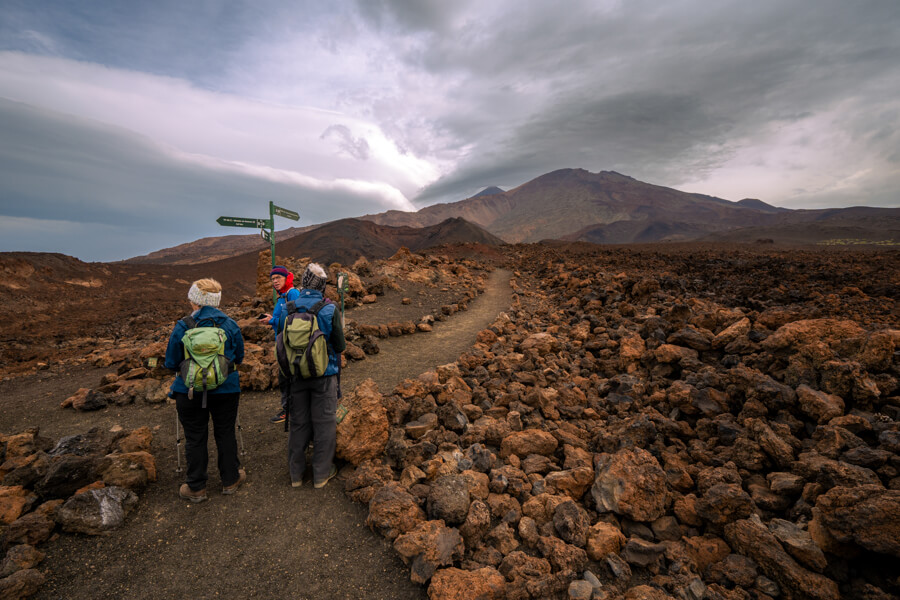
The 18 to 50mm range is perfect for whatever life throws at you; traveling in cities, landscape, taking pictures of people and food, pet photography, generally anything you can think of. Paired with the 10-18mm above, you are covered for pretty much everything possible except for wildlife (that’s where the next lens comes in).
Image quality and colors are great, auto focus is quick and optically this lens is a steal for the money. I’m always impressed with how they manage to keep these f/2.8 zooms so small. One of the reasons is that there is no Image Stabilization in it, but that’s not an issue if you’ve got one of the newer Sony cameras.
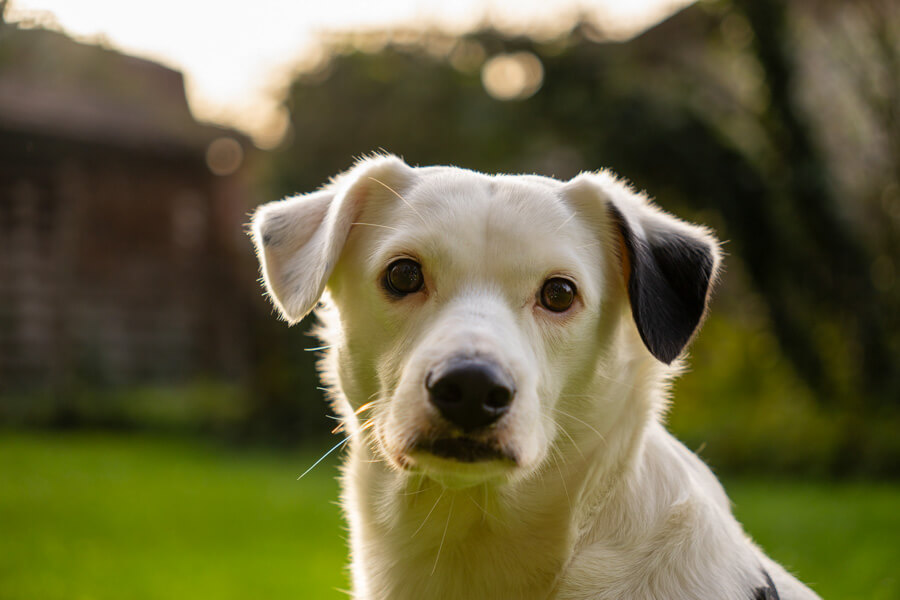
Related: Sigma 18-50mm f/2.8 – Photo Gallery (with 20 Examples)
The Sigma 18-50mm f/2.8 stays on my Sony A6700 like 90% of the time thanks to its range, small size and big aperture. No APS-C kit would be complete without something in this range (it’s equivalent to 27-70mm on full-frame) so this is one lens you literally can’t skip.
You can buy the Sigma 18-50mm f/2.8 DC DN at Amazon here.
3. Sony 70-350mm f/4.5-6.3 G OSS
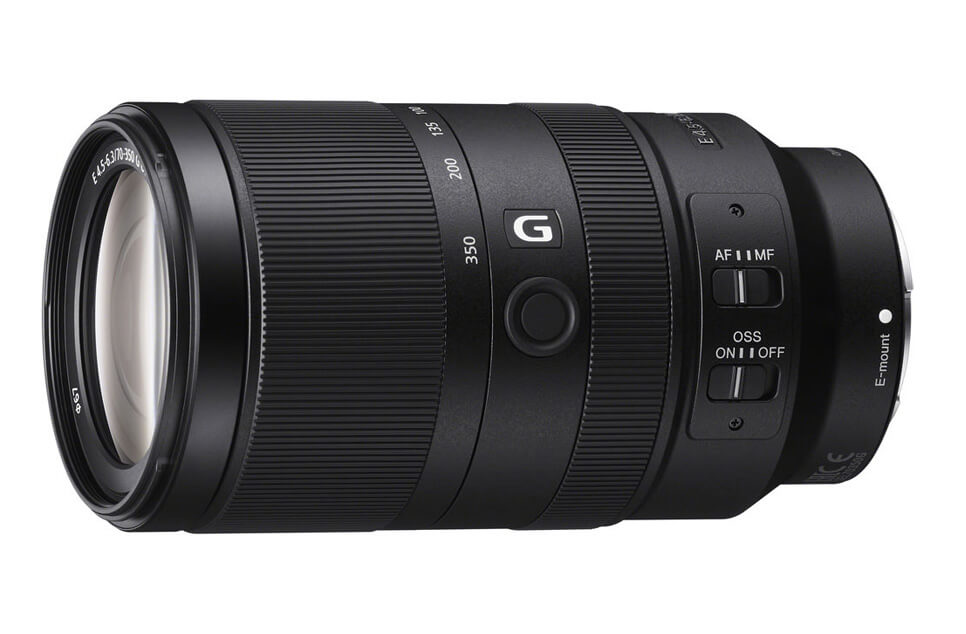
Best for: Outdoor action, sports, wildlife and birds
Filter Diameter: 67mm
Max Aperture: f/4.5 at 70mm, f/6.3 at 350mm
Weight: 625g (22.1 oz.)
For sports, wildlife, birds and even portraits, the Sony 70-350mm f/4.5-6.3 G OSS is easily my favorite lens.
With full-frame cameras, wildlife photographers tend to use lenses between 300 and 600mm. Since APS-C sensors have a 1.5x crop factor, this makes the Sony 70-350mm appear as if it was a 105-525mm lens (multiply its length by 1.5x).
If you don’t fully understand this, don’t worry. Basically, the sensor size of Sony’s A6000 cameras makes it perfect for telephoto photography because they get you even closer to your subject (thanks to the 1.5x crop factor).
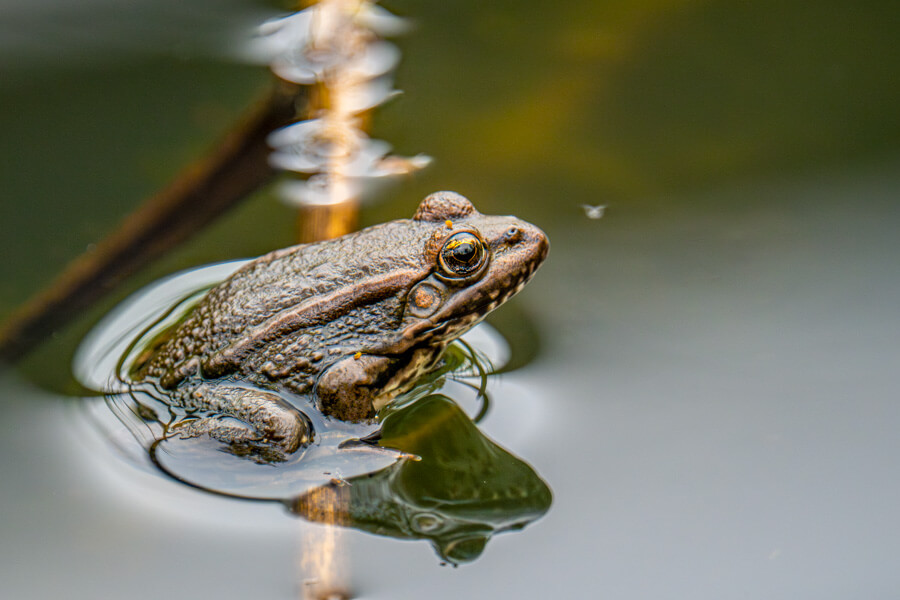
There are plenty of telephoto options out there, but this lens costs less than $900 and manages to weigh only 22 ounces. I know it sounds a lot when you compare it to the other 2 on this list, but it’s almost nothing when compared to actual full-frame telephotos (eg. Sony 200-600mm)
Is the Sony 70-350mm worth the money? Absolutely, it has great optical quality, very fast and silent auto focus, and most importantly it feels super easy to carry around the whole day. For small birds, safaris or outdoor wildlife, you won’t get tired after hand holding this lens for a a couple of hours.
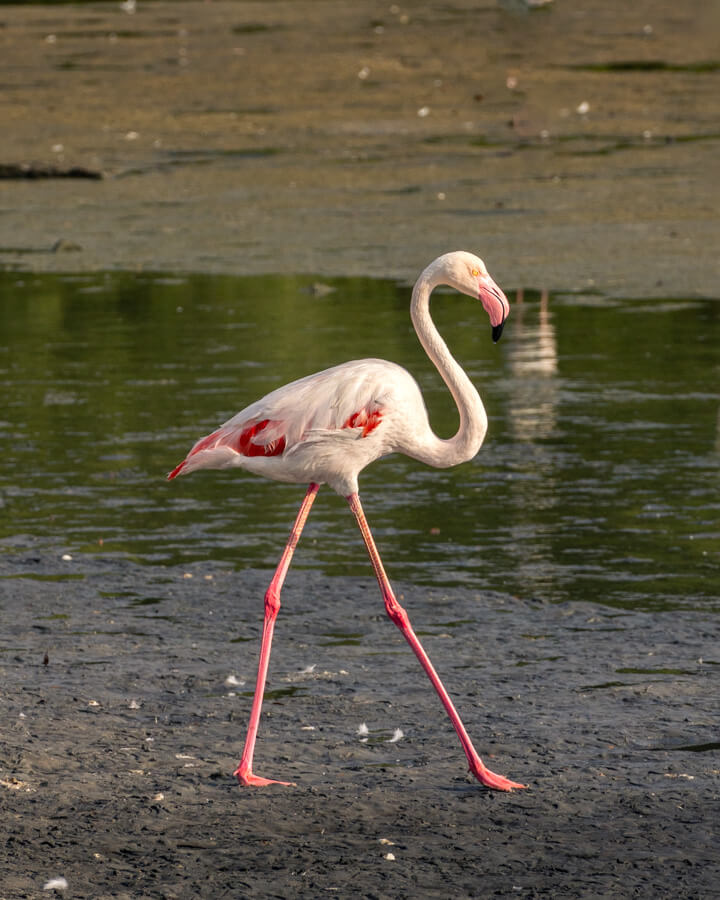
For indoors, the aperture size is not that good. You’ll have to raise the ISO of your camera to at least 1600 to capture action shots, so be ready to use noise reduction features in Lightroom (which works like magic, some of my ISO 3,200 shots look like ISO 100).
At this price I’m not complaining at all, just remember that f/7.1 at 350mm is mainly for outdoors. You will rarely shoot below ISO 500 for moving animals/subjects anyways.
You can buy the Sony 70-350mm f/4.5-6.3 G OSS Amazon here.
Why These 3 Lenses?
One of the biggest reasons why I use APS-C cameras is due to their size and weight; they’re much smaller than full-frame.
However, if you don’t pair them with equally as compact lenses, you aren’t really traveling that lighter at all. Sure, they are much cheaper money wise, but it also helps if your camera backpack doesn’t remind you of a workout.
When I look for APS-C lenses, I go like this:
- Do I need f/2.8? If I do, which f/2.8 zoom is currently the smallest on the market?
- Is it more than twice the price of an f/4 zoom?
- If not, and its image quality and auto focus are top notch, that’s the one
You won’t find an optically horrible lens released in the past few years, so this is something we really don’t have to worry about.
So my biggest factor is; how small can the lens be without sacrificing image quality or not having enough zoom.
Most of the time it’s either Sigma or Tamron that offer the lens I’m looking for, mainly because they’re one of the most innovative brands out right now (plenty of compact f/2.8 zooms to choose from at low prices).
How to Pick a Lens – Camera Basics
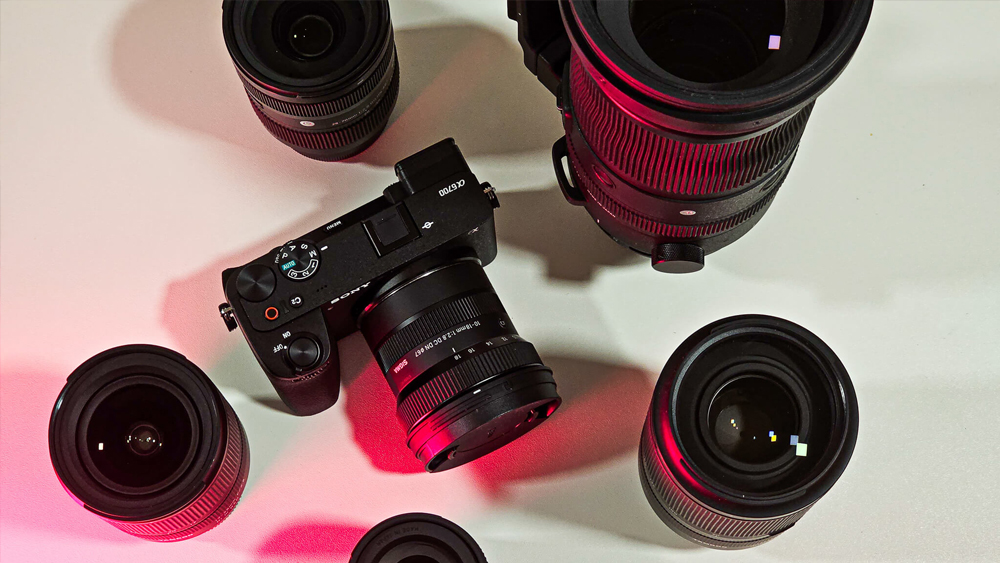
If you want to do your own research, here’s all you need to know before buying a new lens.
1. Focal Length
With mirrorless cameras, we don’t use terms like 3x or 10x zoom (like with smartphones) because that number doesn’t really tell us much. Sure 10x is bigger than 3x, but we have no starting point to go from.
The focal length (or field of view) of a lens is written in millimeters (mm); the higher the number, the closer to your subject you can get. This means that a 200mm lens will be narrower than a 20mm lens.
- Wide: 10mm to 24mm
- Standard: 24mm to 85mm
- Telephoto: 85mm to 600mm
If a lens only has one focal length, it’s called a prime lens. They tend to be smaller and cheaper than zoom lenses, but aren’t as versatile. Oh, they also have bigger apertures (I’ll cover this term below).
If a lens goes from one focal length to another, it’s called a zoom lens. For example, 18-50mm is a zoom that goes from 18 and 50mm, as well as all the numbers in between. It can be as crazy as 18-300mm (covering all the 3 ranges I mentioned above) or as simple as 20-40mm (very specific).
Both have their advantages, but many photographers choose zooms for their convenience.
2. Aperture
Lenses are designed to transfer light into the camera as perfectly as possible.
But how much light exactly?
That’s determined by the aperture size; a hole inside the lens that can get smaller or bigger (we can control this manually or let the camera decide for us). The size of the aperture is labeled like this; f/2.8, f/4, etc. Basically the “f/–” number thingy.
The bigger the aperture, the lower the number. This means that f/2.8 is muuuch bigger than f/16, but only a little bit bigger than f/4.
Having more light is usually what we want, but it comes at a cost. If you want to make the aperture bigger, you need to make the entire lens bigger and heavier (not to mention more expensive).
Most zoom lenses tend to start at around f/2.8 or f/4, which is honestly big enough for the majority of situations. Prime lenses have less elements inside, so their biggest aperture can be a bit bitter; f/1.8 or even f/1.4.
That’s it.
If you’ve got a camera such as the Sony A6700, A6600, A6400, ZV-E10 or the FX30, you have an APS-C camera. Make sure that the lens you’re looking to get has an APS-C mount (also called Sony E-mount, whereas full-frame is called Sony FE-mount).
My Other Sony Guides:
- Are full-frame cameras better than APS-C? Take a look at my complete Sony Full-Frame vs APS-C – The 3 Biggest Differences to see whether it’s worth upgrading to full-frame in the future.
- The Sony A6700 is the newest APS-C available. I’ve been using it since day one and here are Top 8 Lenses for Sony A6700.
- If you’re looking for some accessories to get for the A6700 (works with any other A6000 camera as well), here’s a list of my Top 7 Accessories for Sony A6700.


